From Head to Toe: The Intricate Details of Xhosa Traditional Attire
From Head to Toe: The Intricate Details of Xhosa Traditional Attire
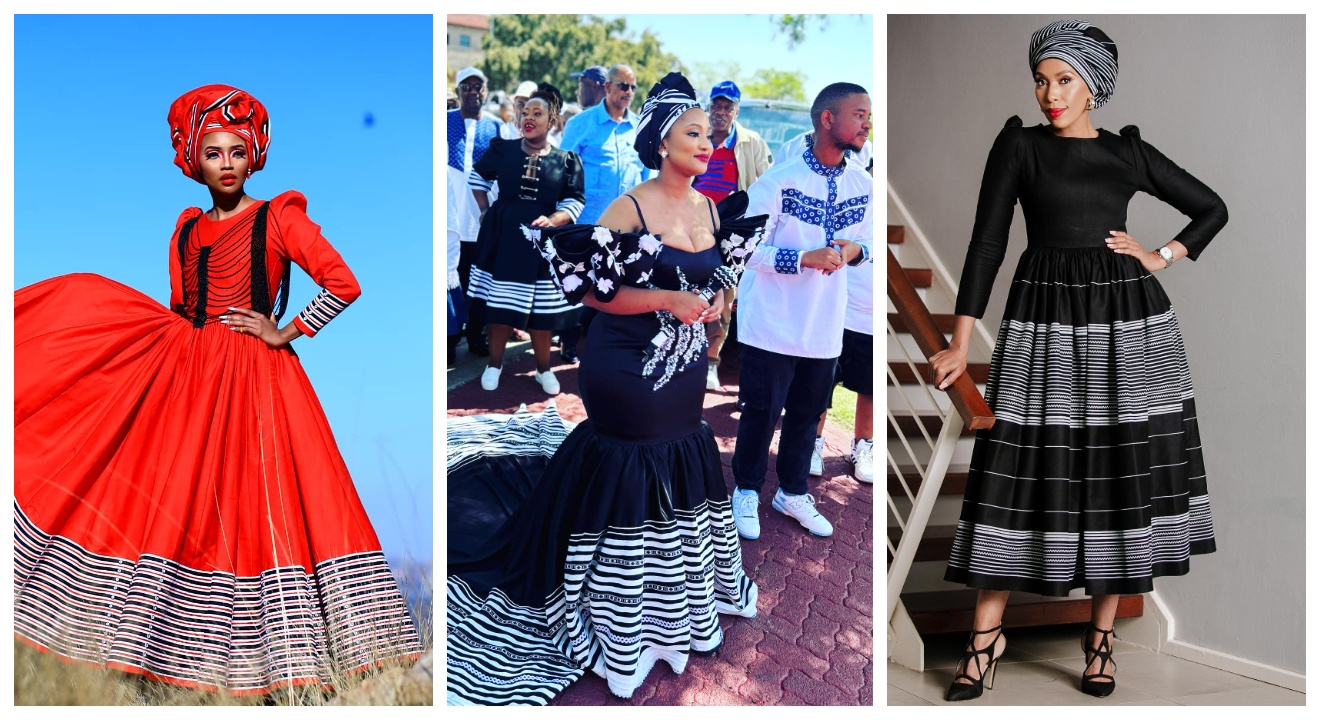
Introduction
Xhosa traditional attire is a vibrant and richly symbolic aspect of South African culture. It reflects the history, traditions, and identity of the Xhosa people, who are one of the largest ethnic groups in the country. From the intricate beadwork to the colorful fabrics and unique designs, Xhosa traditional attire is a visual representation of pride, heritage, and cultural expression.
A brief history of Xhosa traditional attire
Xhosa traditional attire has a long and fascinating history that dates back centuries. It has evolved over time, influenced by factors such as colonialism, globalization, and changing fashion trends. Traditionally, Xhosa men wore a garment called “isikhakha,” which is a shoulder cloth, along with animal skins. Women, on the other hand, adorned themselves with “imbaco,” a wraparound skirt made of beautiful fabric and accessorized with vibrant beadwork.
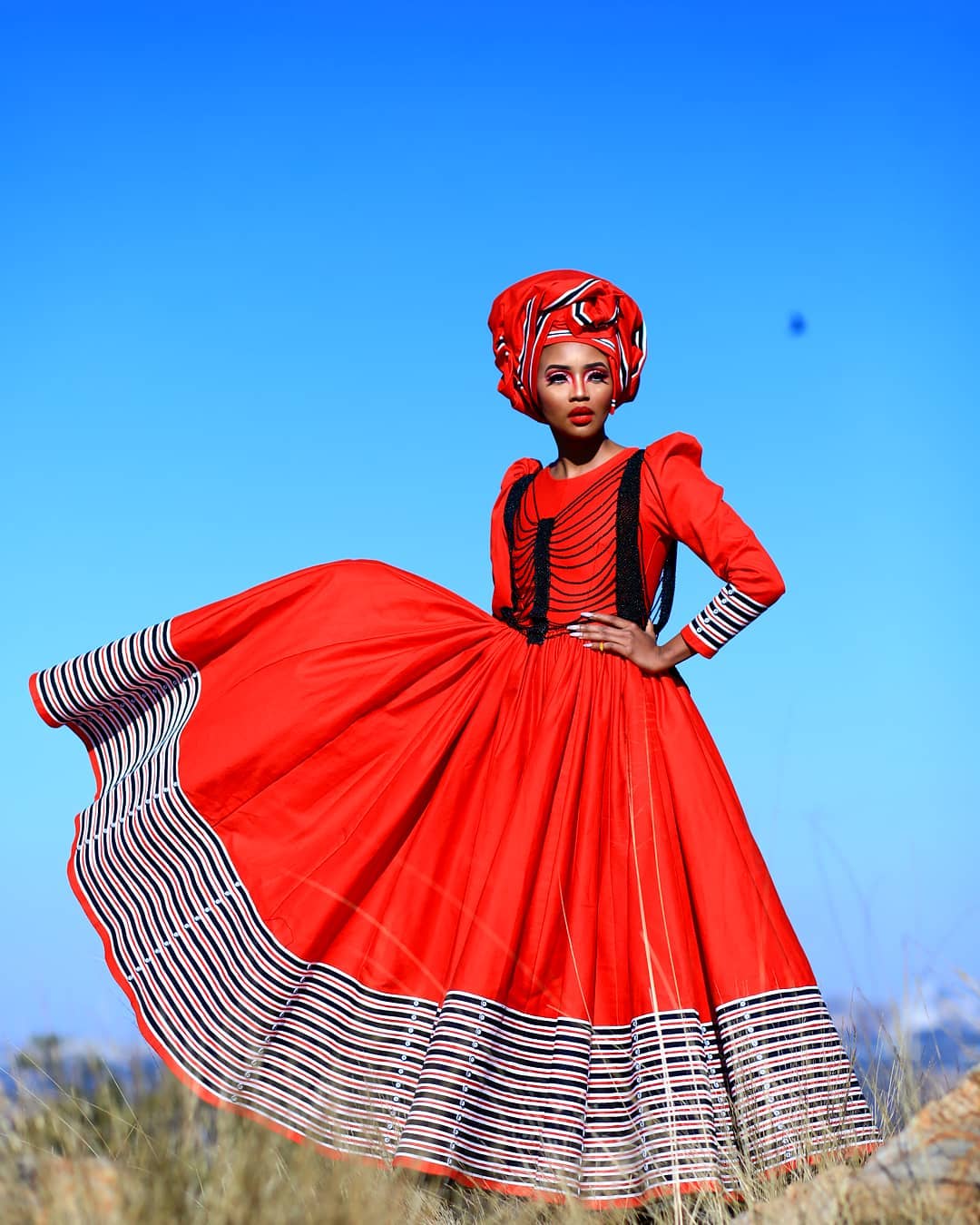
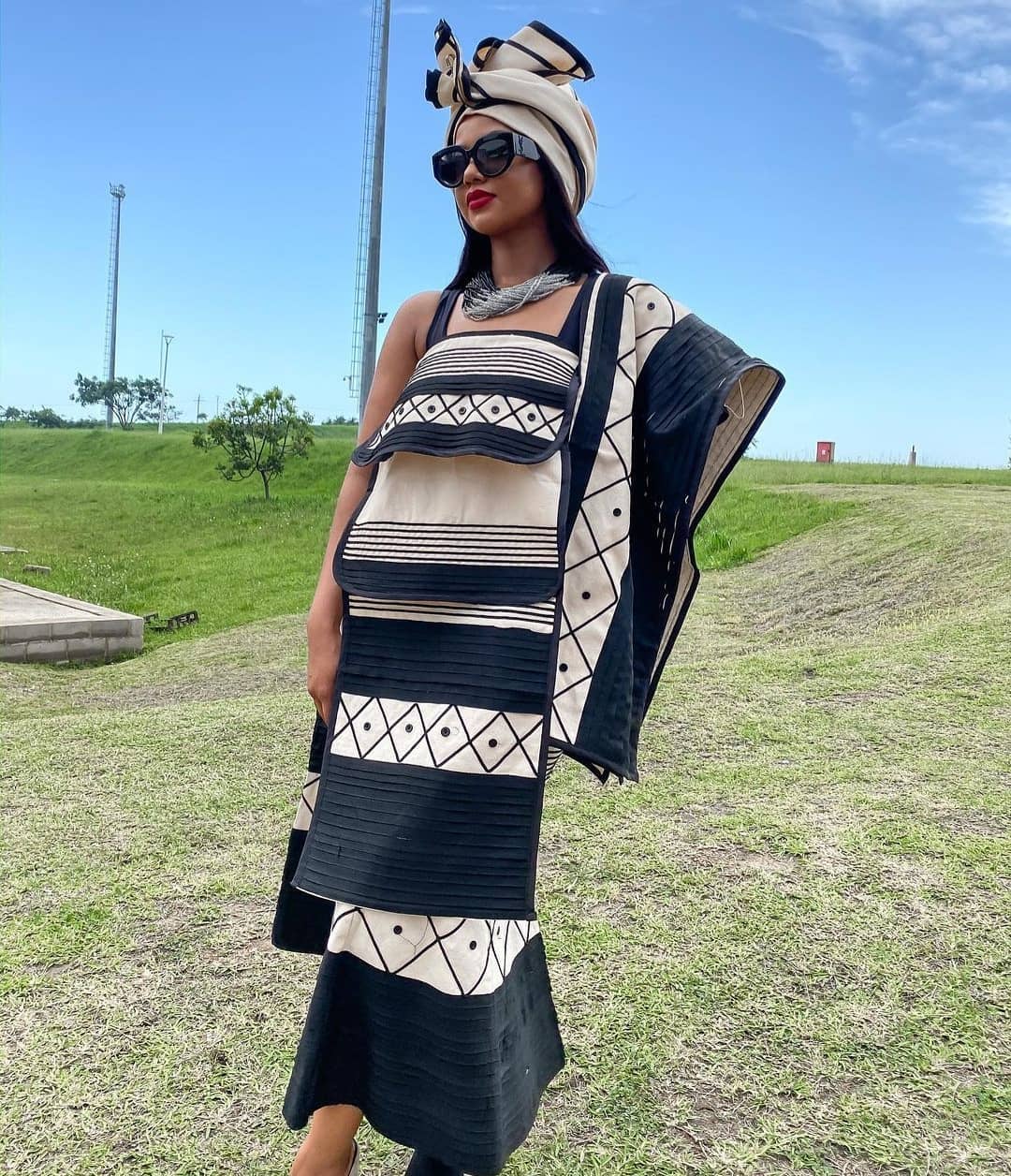
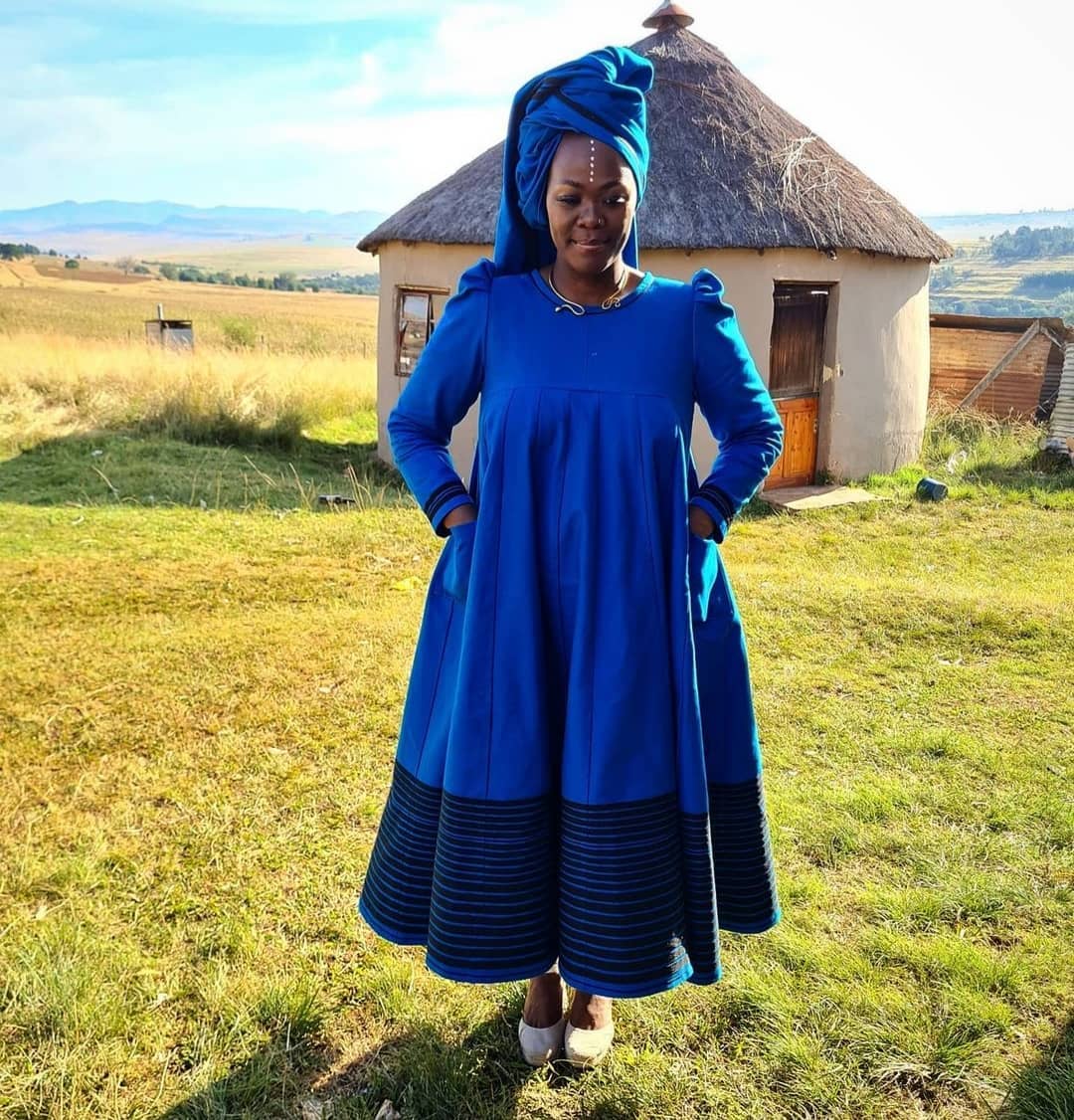
Significance of Xhosa traditional attire in modern times
In modern times, Xhosa traditional attire continues to play a vital role in maintaining and celebrating cultural identity. It is worn on special occasions such as weddings, initiation ceremonies, and cultural festivals. Xhosa people take pride in donning their traditional attire, as it represents their connection to their ancestors, their community, and their heritage. Furthermore, Xhosa traditional attire has gained recognition on a global scale, with fashion designers incorporating elements of Xhosa fashion into contemporary clothing lines.
Overall, Xhosa traditional attire serves as a powerful symbol of cultural pride, identity, and resilience. It is an art form that has transcended time and continues to captivate people with its beauty and meaning.
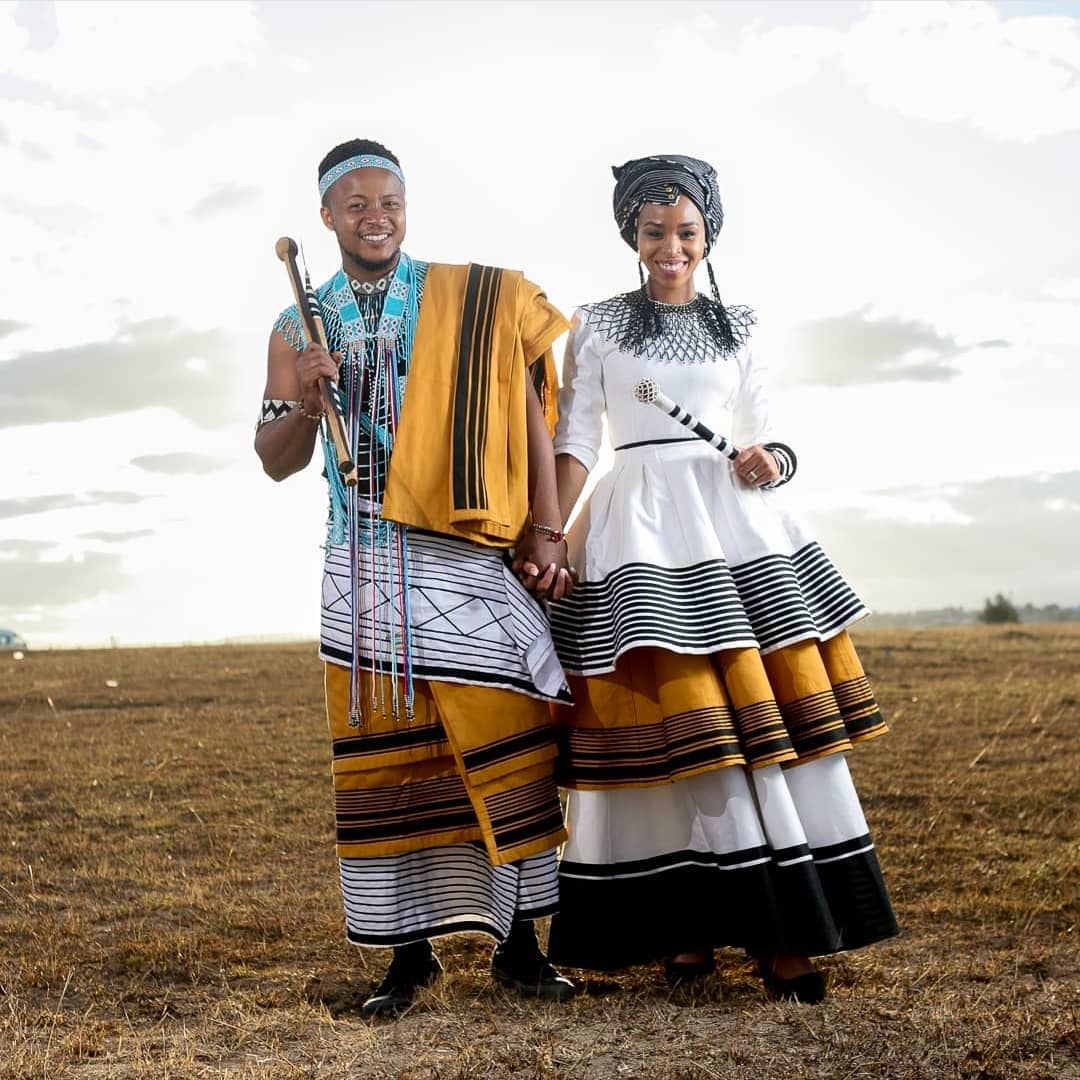
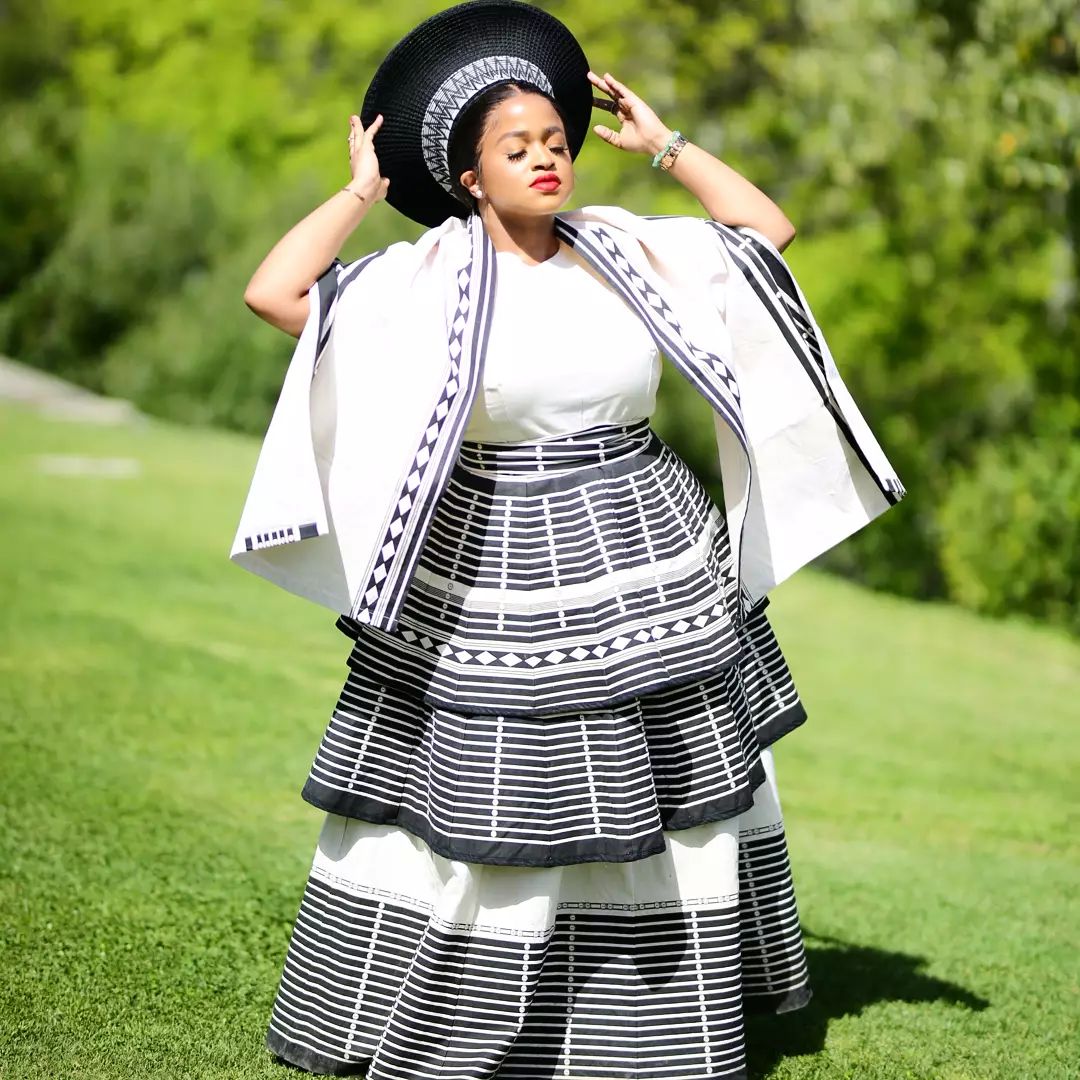
Essential Elements of Xhosa Traditional Attire
1. Isicholo (Headscarf) and Ingcayi (Headband)
The headscarf, known as isicholo, and the headband, called ingcayi, are essential elements of Xhosa traditional attire. The isicholo is a large, circular hat-like structure made from straw or fabric. It is worn by married women and symbolizes respect, wisdom, and marital status. The ingcayi, on the other hand, is a narrower headband worn by both men and women. It is typically made of brightly colored beads and adds a touch of elegance to the overall look.
2. Imibhaco (Apron) and Umbhaco (Cloak)
The imibhaco and umbhaco are garments that contribute to the distinctiveness of Xhosa traditional attire. The imibhaco is an apron-like fabric worn by women. It is made from colorful fabrics and embellished with intricate beadwork. The umbhaco, on the other hand, is a large cloak-like garment typically worn by men. It is made from animal skins or fabric and serves both as a functional and decorative piece.
These elements, along with others like beaded necklaces, bracelets, and anklets, come together to create the vibrant and visually captivating Xhosa traditional attire. Each element is carefully chosen and crafted to represent the rich history, traditions, and identity of the Xhosa people. From head to toe, Xhosa traditional attire is a testament to the pride, heritage, and cultural expression that is deeply ingrained in the Xhosa community.
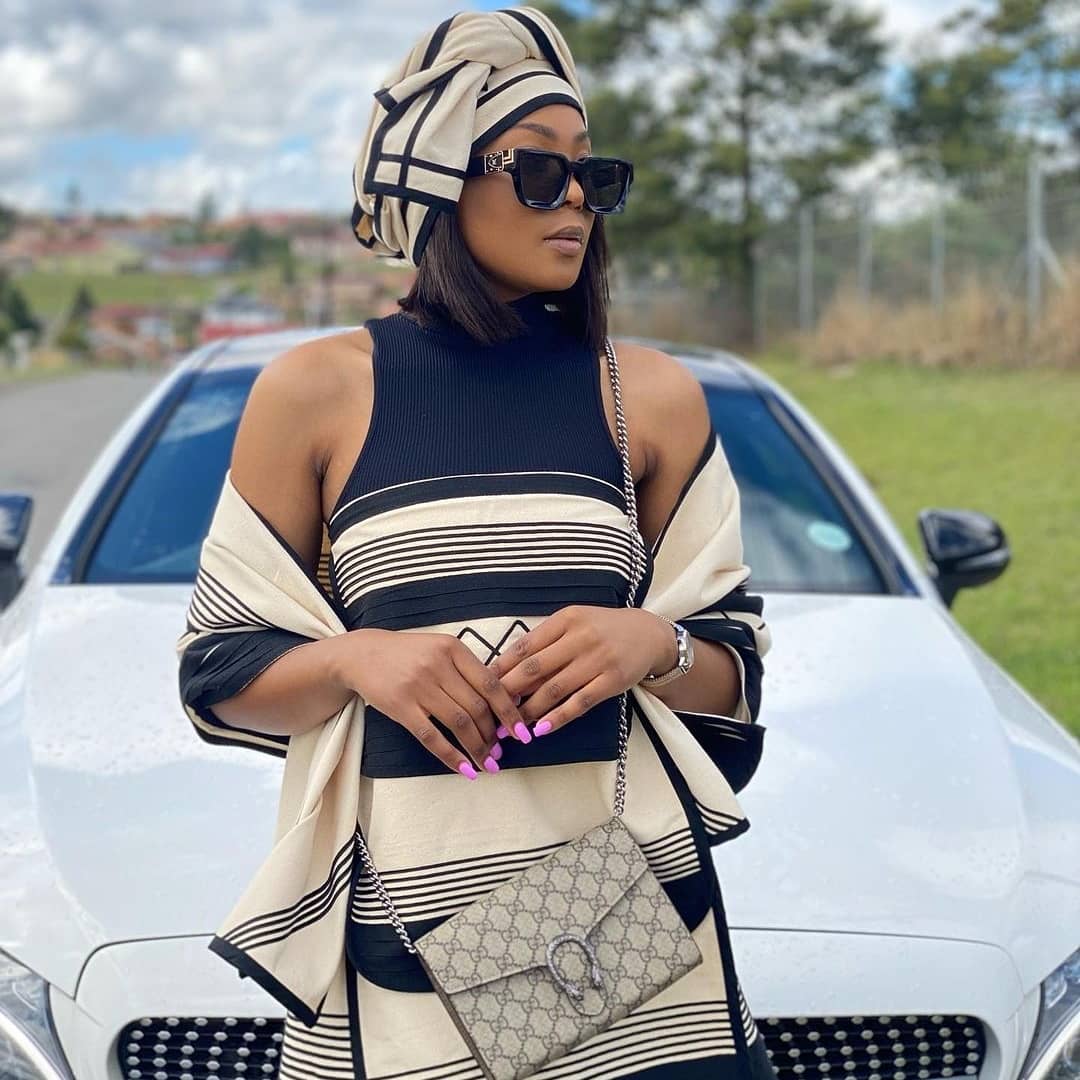
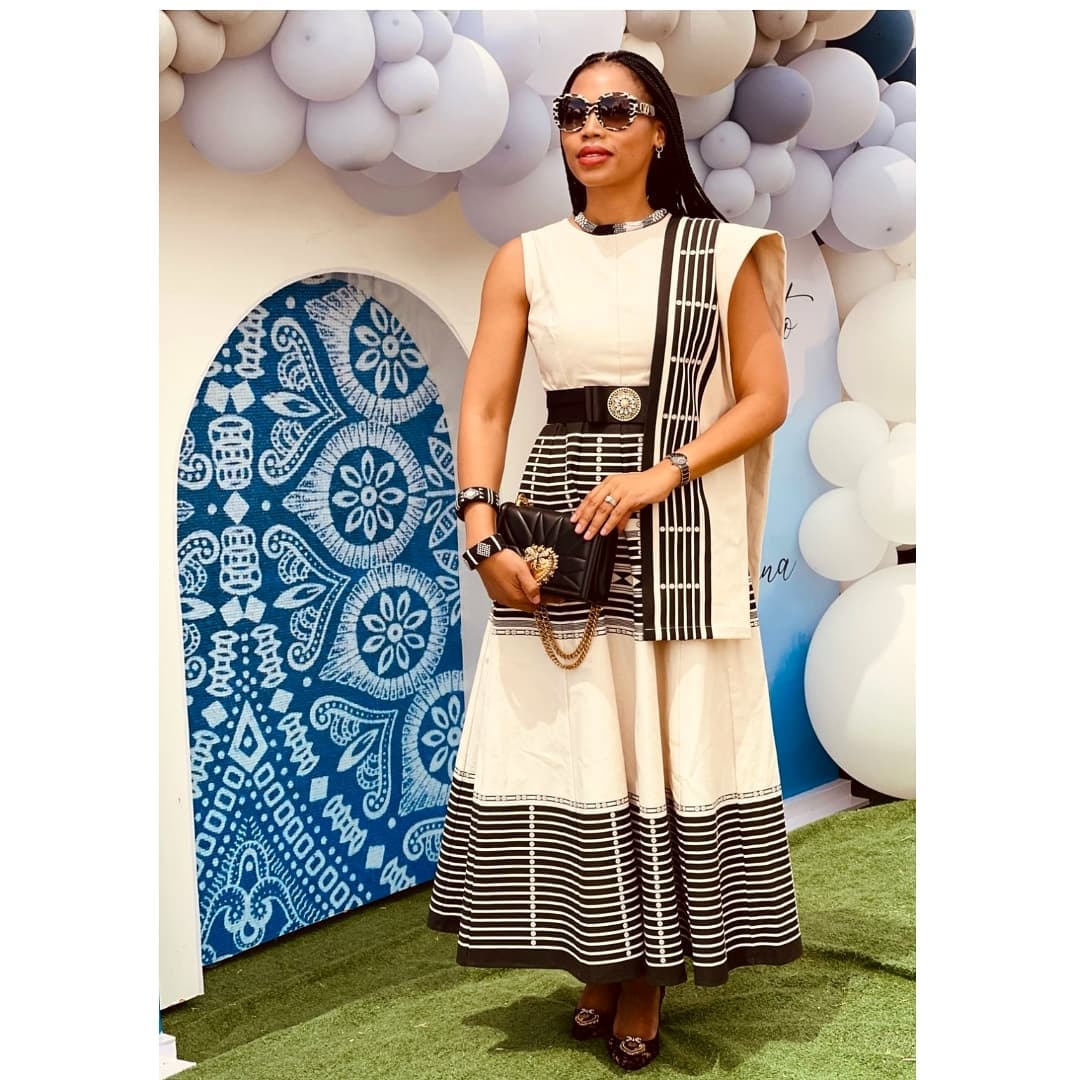
Traditional Beadwork and Accessories
Xhosa traditional attire is not complete without the intricate details of traditional beadwork and accessories. Every piece is carefully chosen and crafted to showcase the rich history and cultural expression of the Xhosa people. From head to toe, these elements contribute to the vibrancy and beauty of Xhosa traditional attire.
1. Umgwalo (Beaded necklace)
The umgwalo, a beaded necklace, is an essential accessory for both men and women. It is typically made using vibrant colored beads and serves as a symbol of status, beauty, and cultural heritage. The intricate patterns and designs on the umgwalo reflect the craftsmanship and creativity of the Xhosa people.
2. Iintsomi (Beaded bracelet) and Izicolo (Beaded anklets)
The iintsomi, beaded bracelet, and izicolo, beaded anklets, are additional accessories that complete the Xhosa traditional attire. These pieces are adorned with beads of various colors and patterns, representing different meanings and symbolism. They add an extra touch of elegance and sophistication to the overall look.
These traditional beadwork and accessories are not just fashion statements; they are a way for the Xhosa people to express their cultural pride and identity. Each piece tells a story, represents a tradition, and showcases the creativity and artistry of the Xhosa community. From the headscarf and headband to the beaded necklace, bracelet, and anklets, Xhosa traditional attire is a masterpiece that celebrates tradition and heritage in the most captivating way

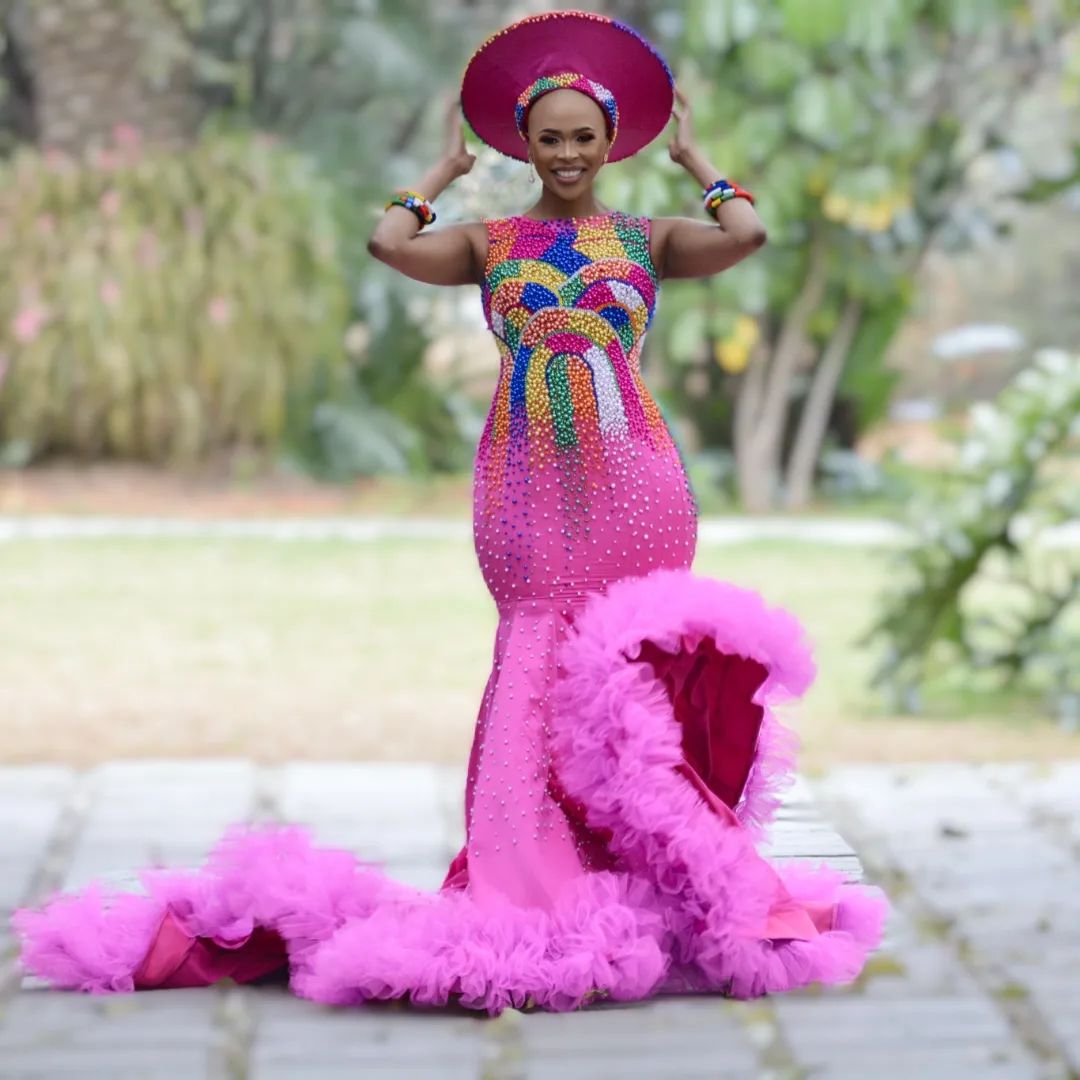
Traditional Print Fabrics in Xhosa Attire
Xhosa traditional attire is known for its vibrant colors, intricate patterns, and distinctive fabrics. From head to toe, every element of Xhosa attire tells a story and showcases the rich cultural heritage of the Xhosa people. Two traditional print fabrics that play a significant role in Xhosa attire are Idama and Shweshwe.
1. Idama (Xhosa print fabric)
Idama is a traditional Xhosa print fabric that is commonly used in garments such as dresses, skirts, and headscarves. It features bold and colorful geometric patterns that hold symbolic meanings within the Xhosa community. Each pattern represents different aspects of Xhosa culture, history, and identity. The vibrant colors and intricate designs of Idama fabric add a touch of elegance and uniqueness to Xhosa traditional attire.
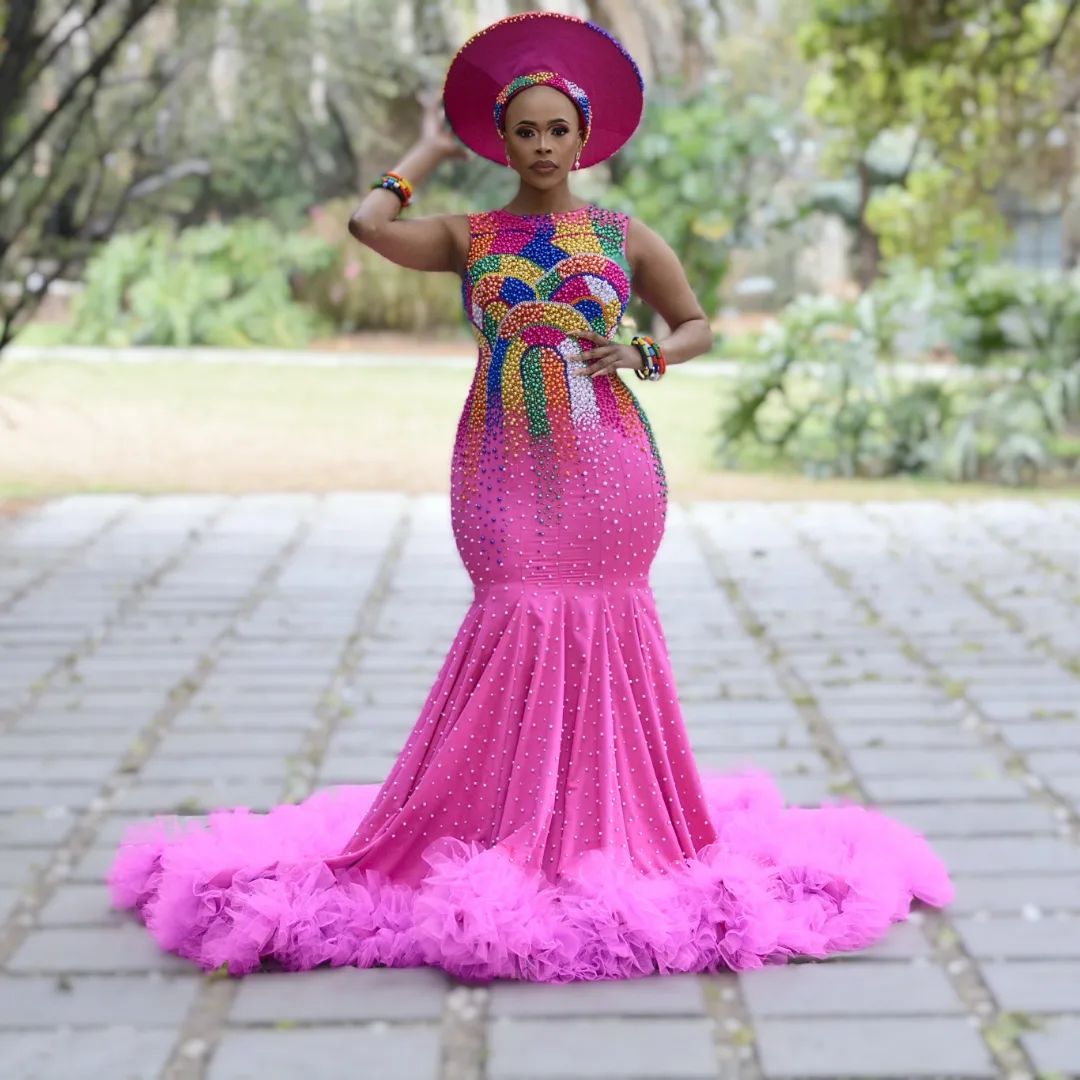
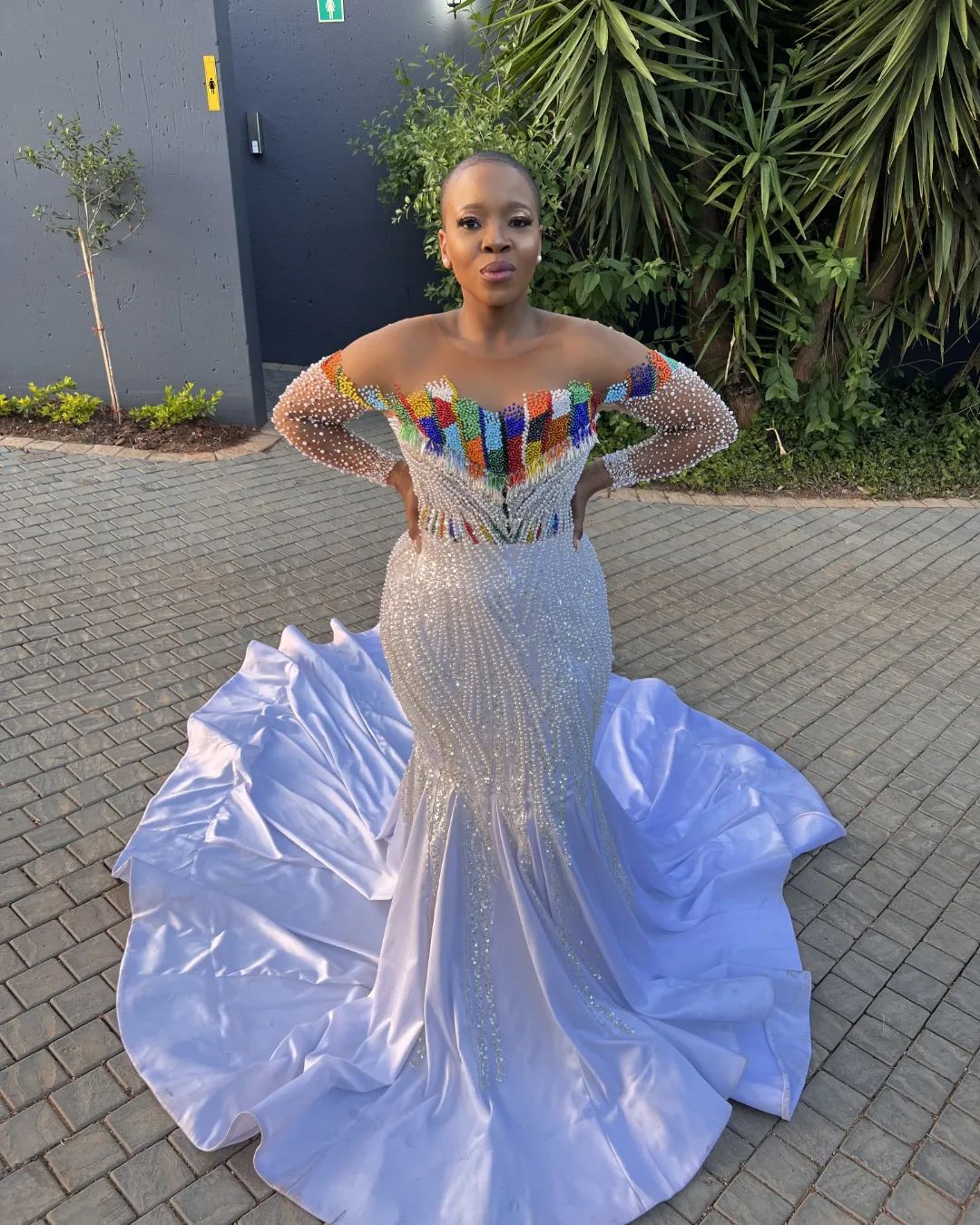
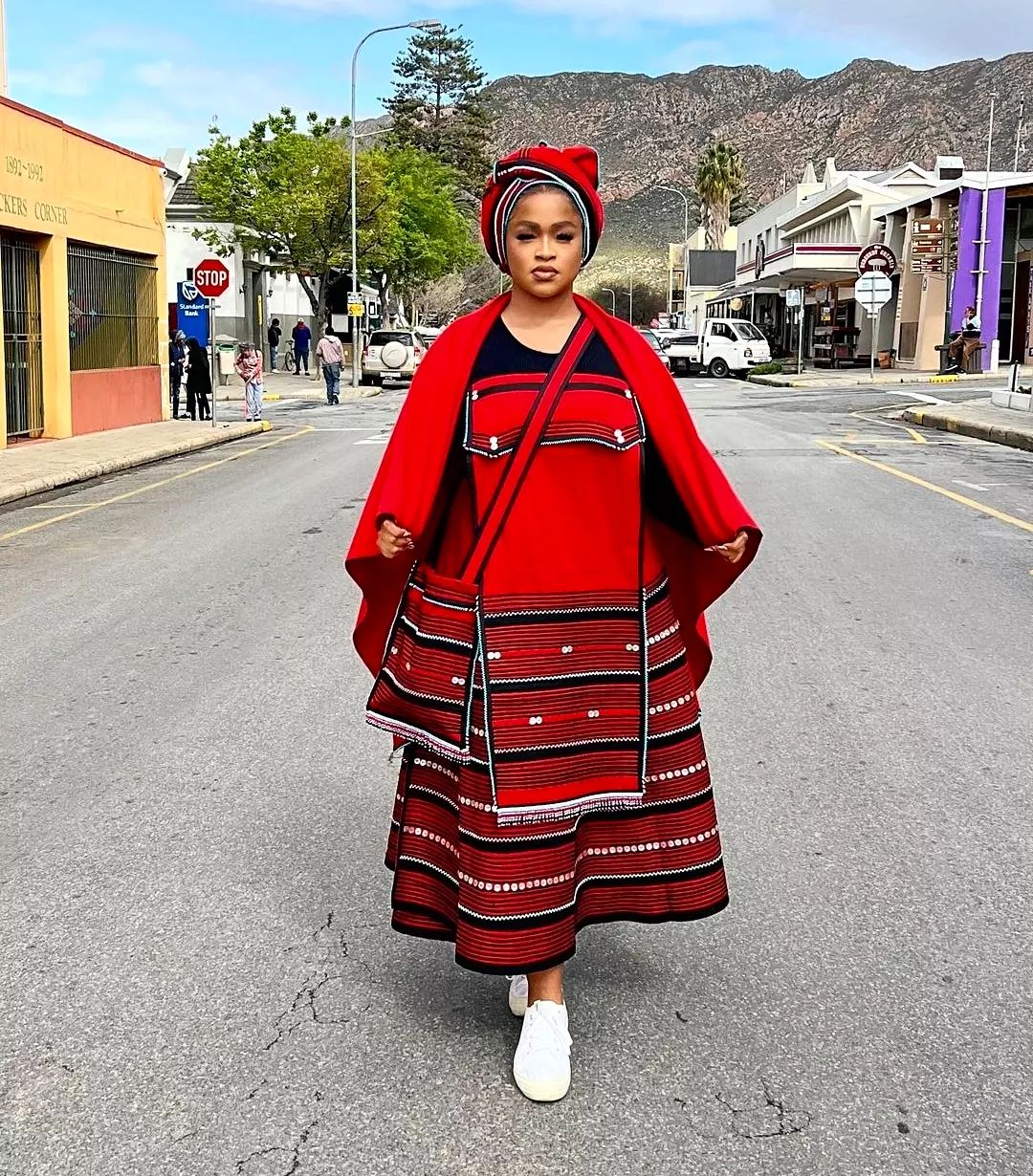
2. Shweshwe (Distinctive Xhosa fabric)
Shweshwe is another distinctive fabric that is widely used in Xhosa attire. Originally brought to South Africa by German settlers in the 19th century, it has become an integral part of Xhosa culture. Shweshwe fabric is characterized by its distinctive indigo, brown, and white color scheme, as well as intricate floral and geometric patterns. It is often used in the creation of traditional Xhosa dresses, skirts, and headpieces. Shweshwe fabric is highly regarded for its durability, versatility, and cultural significance.
These traditional print fabrics, Idama and Shweshwe, play a vital role in enhancing the beauty and cultural identity of Xhosa traditional attire. They embody the rich history, tradition, and artistry of the Xhosa people, making each garment a true work of art. Whether it’s in everyday wear or special occasions, these fabrics contribute to the vibrancy and authenticity of Xhosa culture.
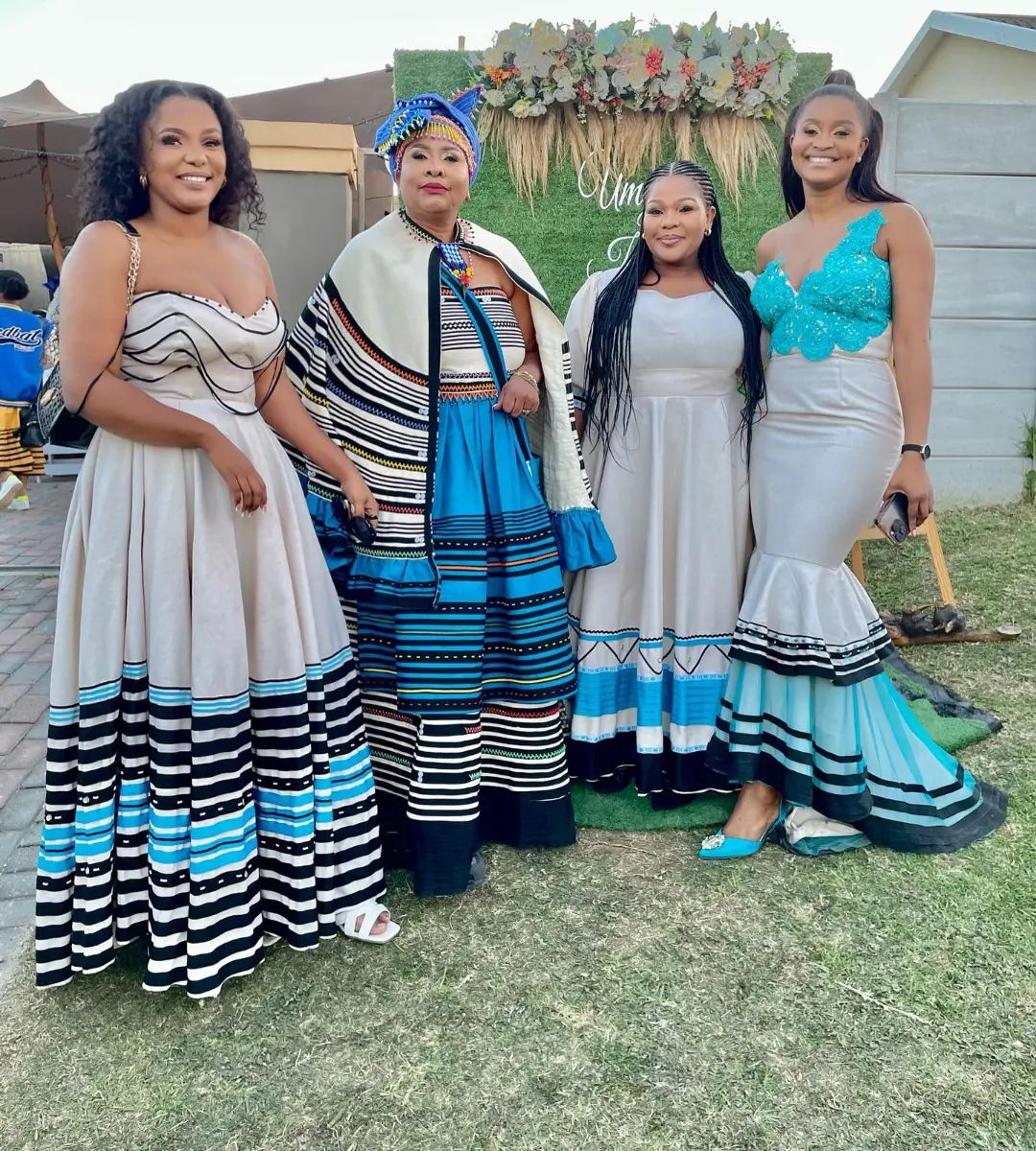
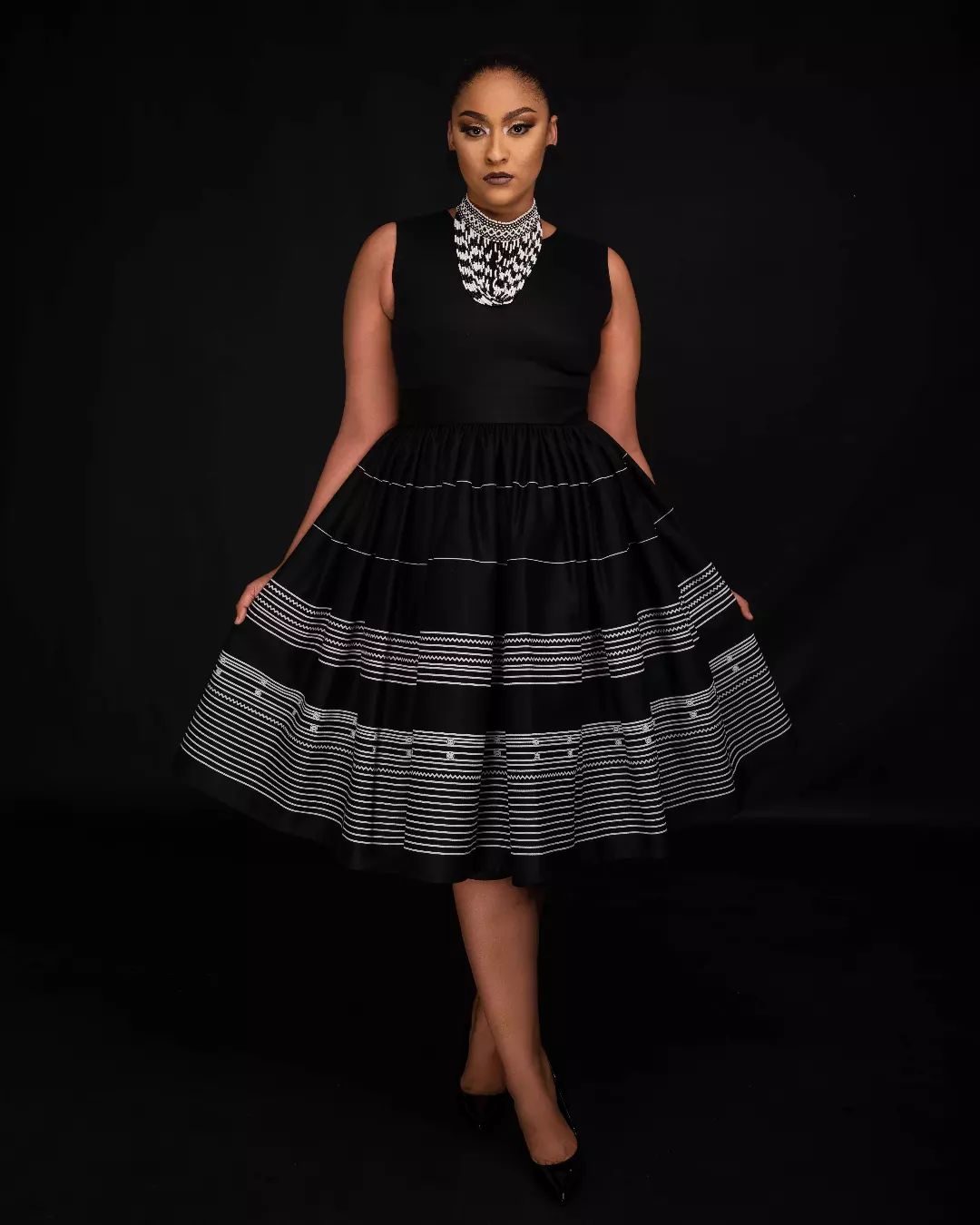
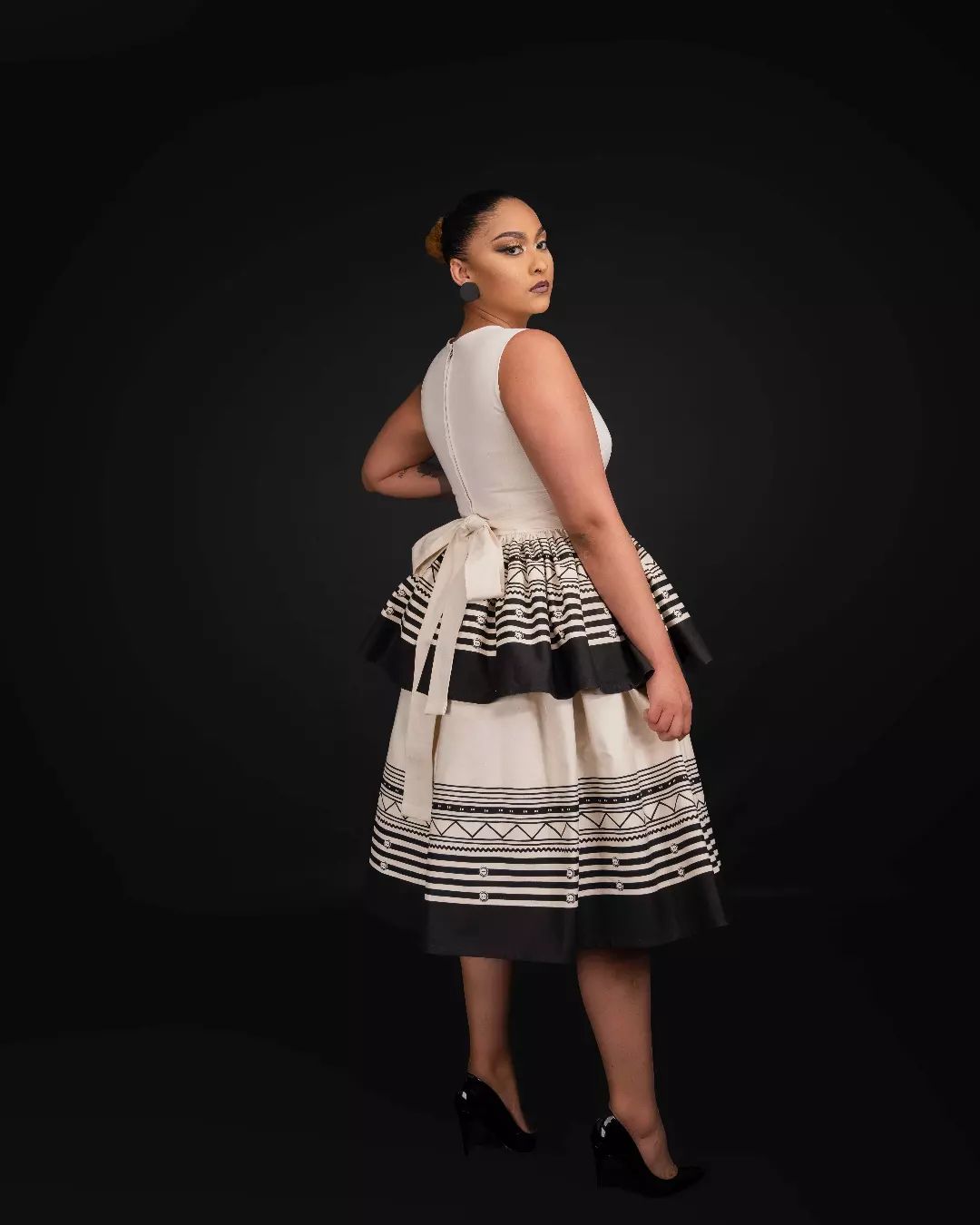
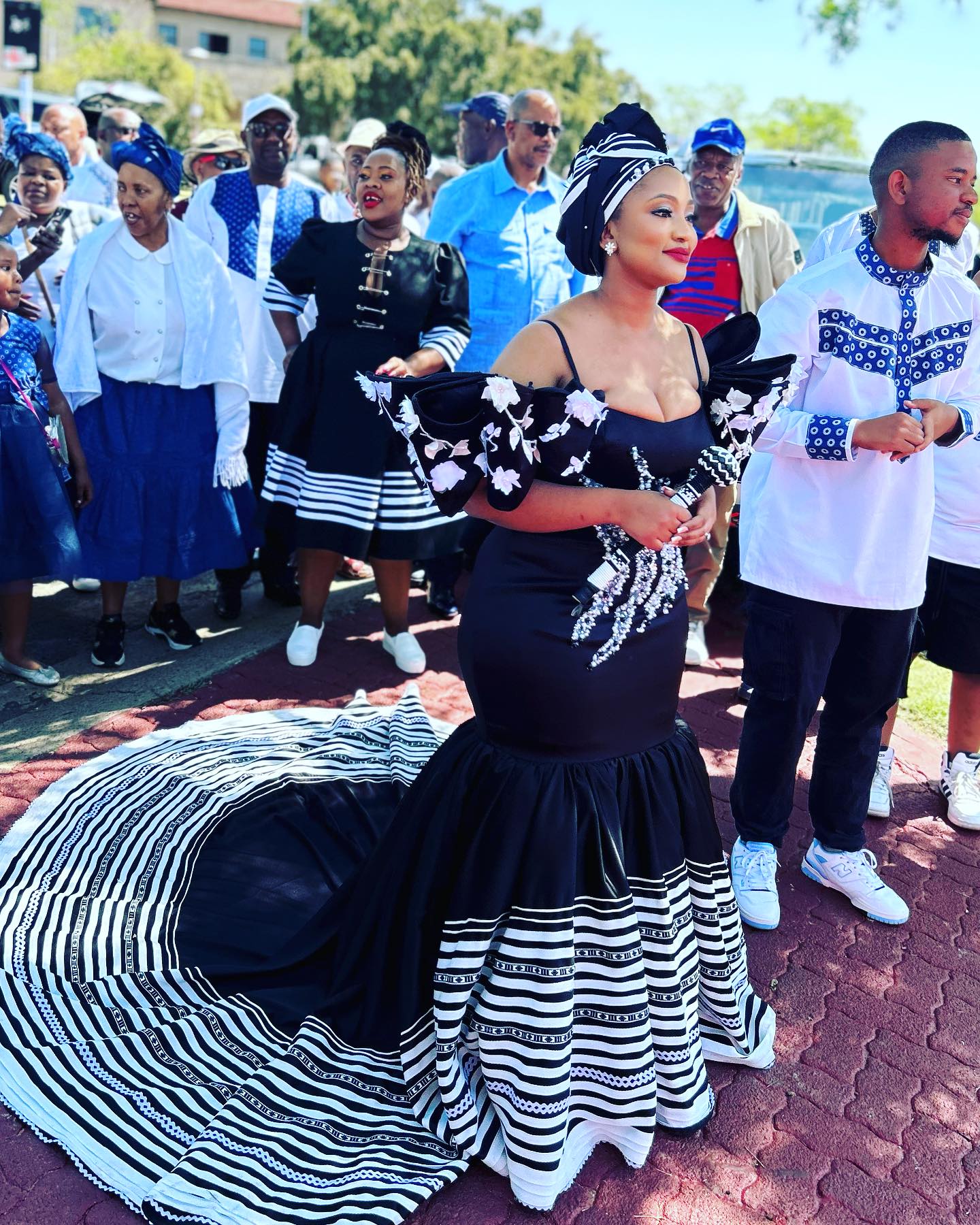

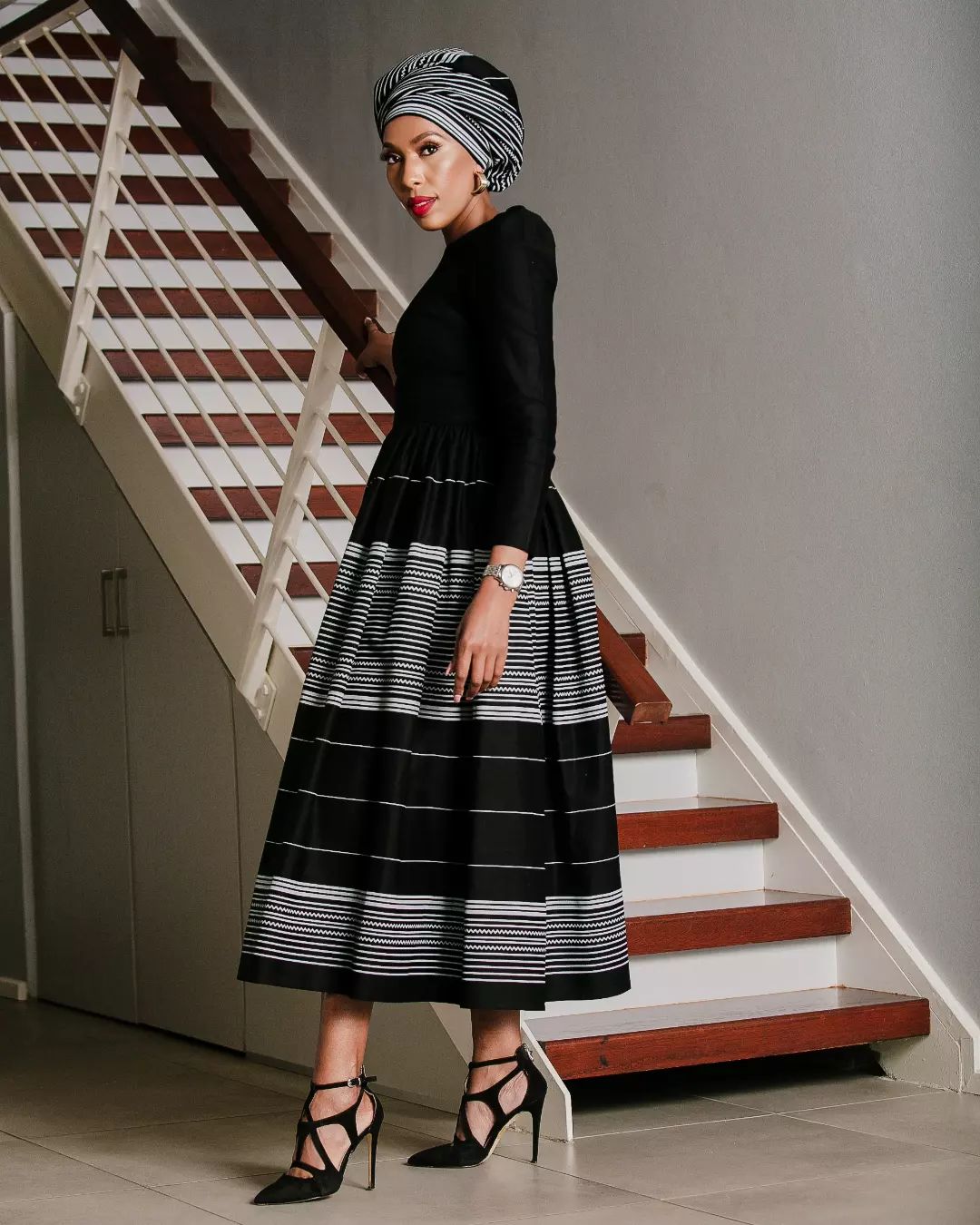
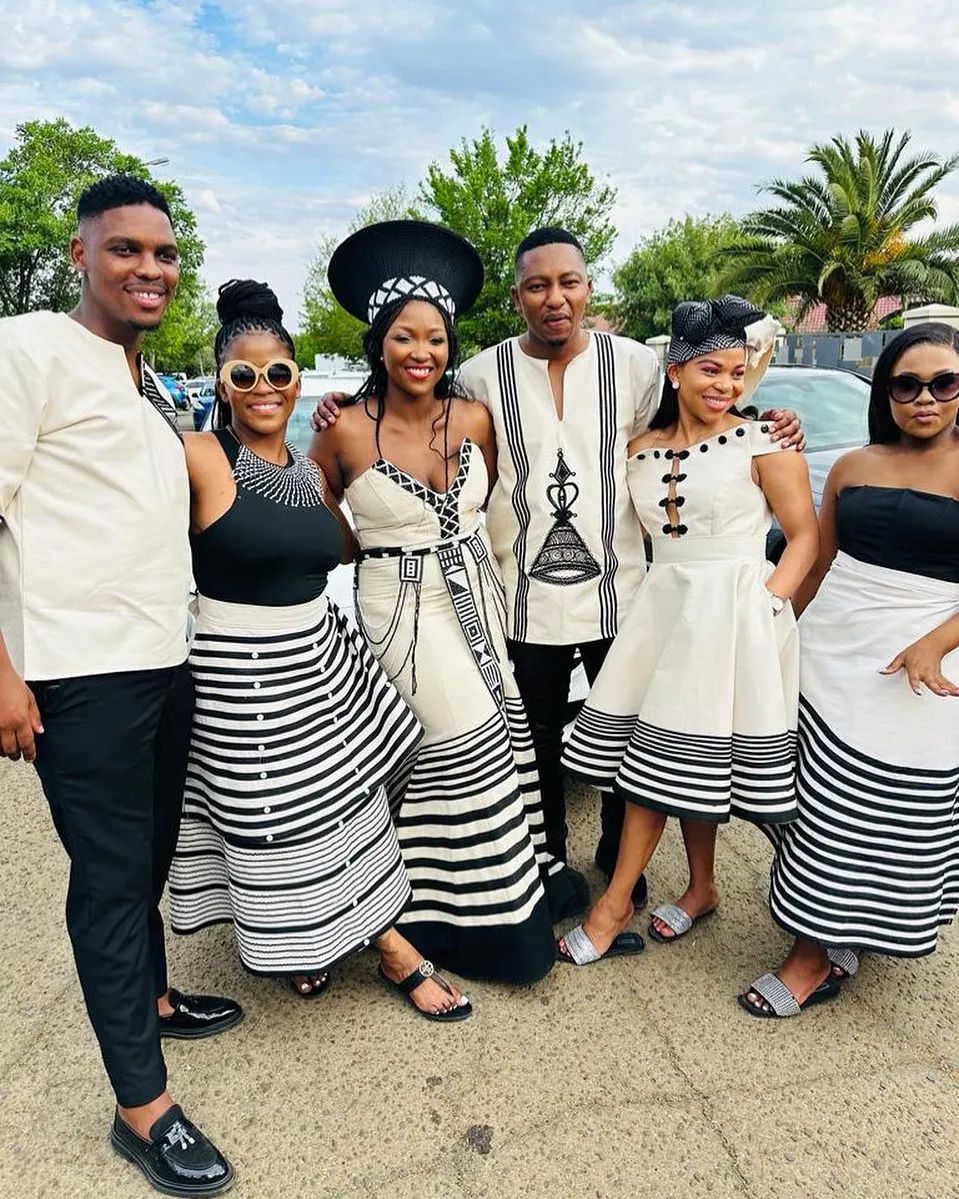
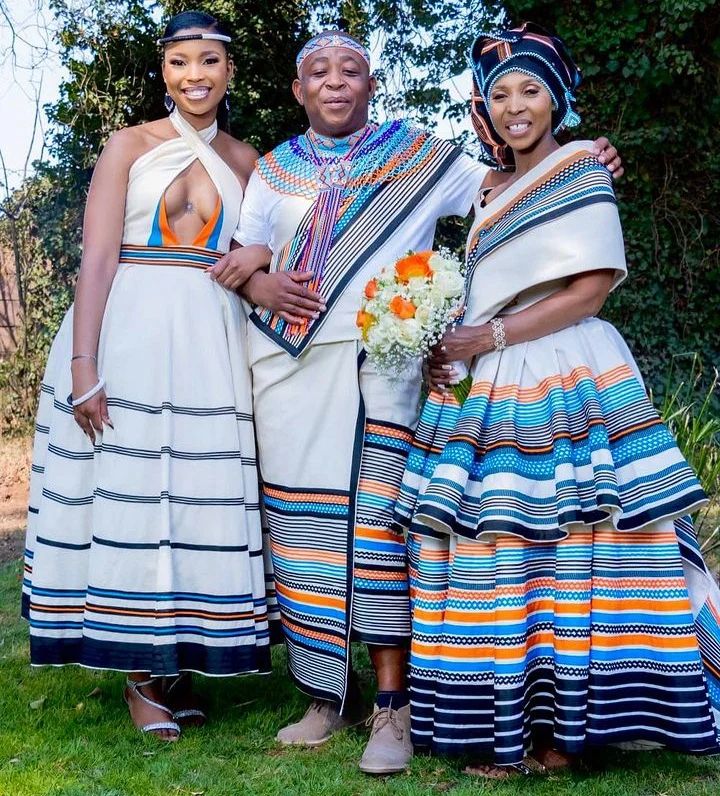
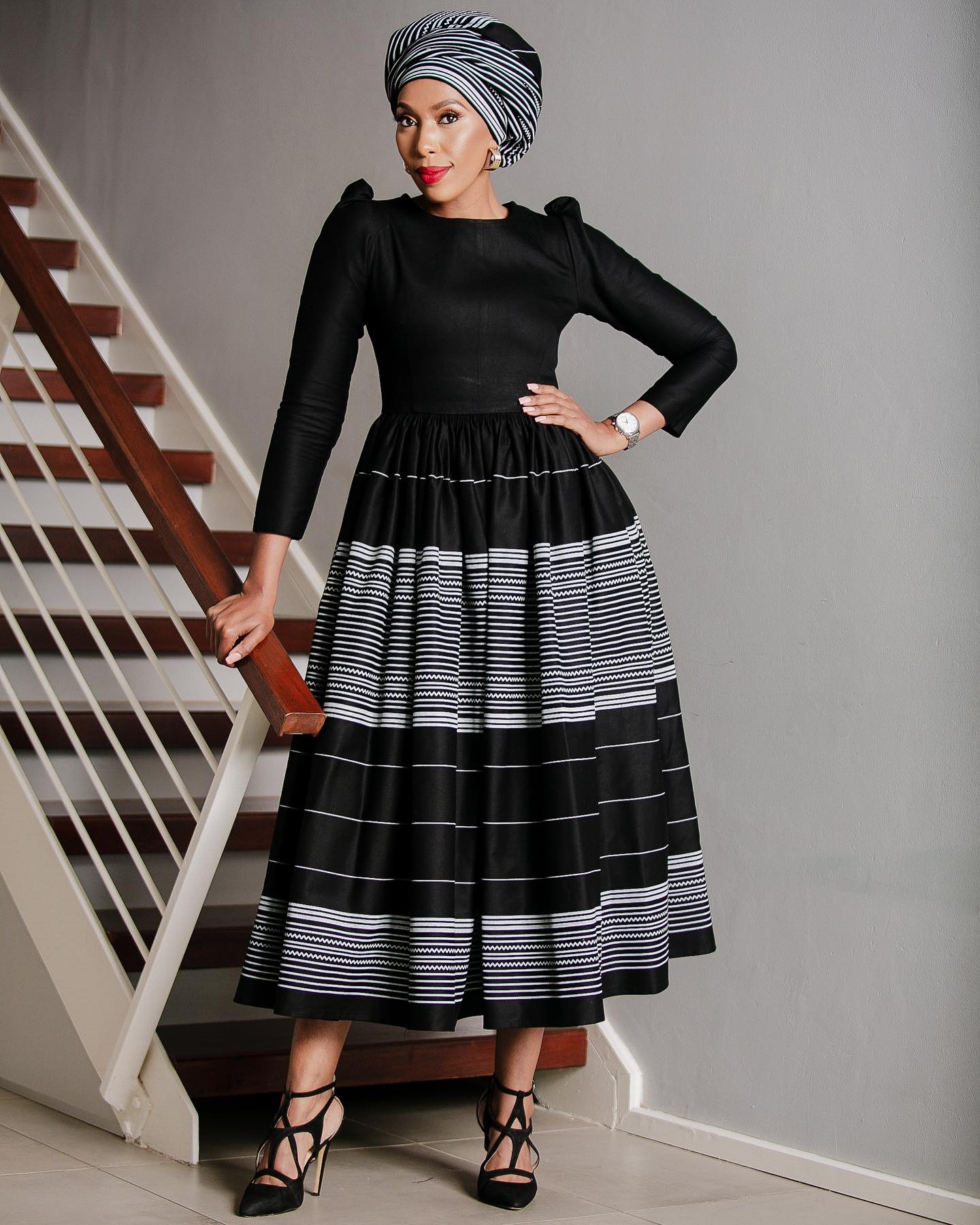
Comments are closed.